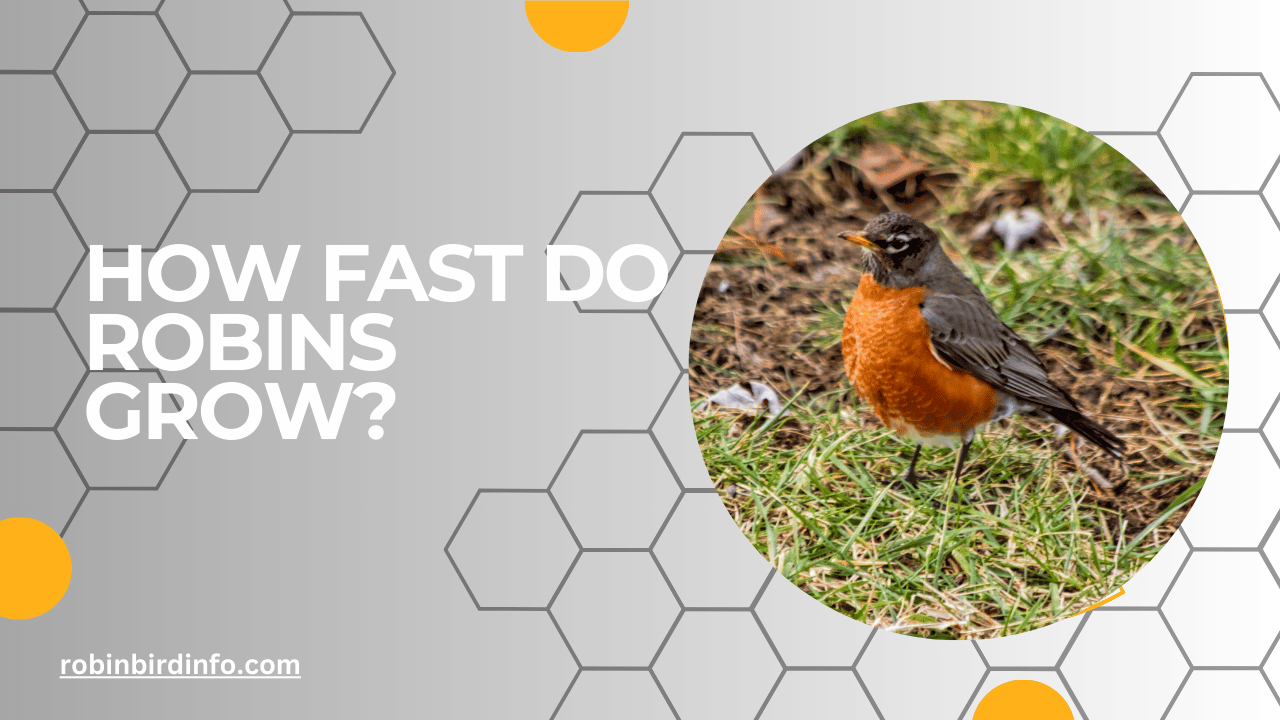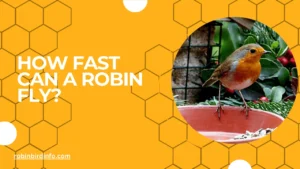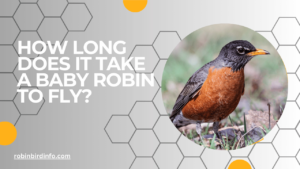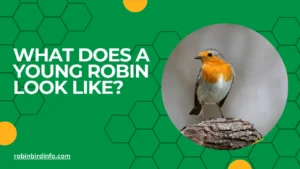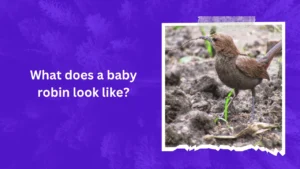Have you ever peeked into a Robin’s nest, marveling at the tiny, seemingly fragile chicks nestled within?
It’s hard to imagine these delicate bundles transforming into the familiar, vibrant robins we see flitting through our backyards. But the truth is, Robin chicks experience a period of astounding growth!
In just a matter of weeks, these helpless hatchlings undergo a breathtaking metamorphosis. Their bodies morph from featherless balls of fluff to fully fledged birds, capable of taking flight and fending for themselves.
This rapid transformation is a testament to the incredible efficiency of nature, and understanding this process can deepen our appreciation for these common backyard birds.
So, buckle up and get ready to dive into the fascinating world of Robin growth! We’ll explore the astonishing speed of their development, the crucial role played by their parents, and the factors that influence this remarkable journey from egg to independent bird.
Contents
Section 1: Egg Incubation and Hatching
Egg Laying: A female Robin typically lays 3-4 eggs per clutch. She lays one egg per day until the clutch is complete.
Incubation Period: Both male and female Robins share the responsibility of incubating the eggs. The incubation period lasts for approximately 12-14 days. During this time, the parents take turns sitting on the eggs to keep them warm.
Hatching Process: When the eggs are ready to hatch, the chicks inside use a special tooth-like structure called an “egg tooth” to crack the shell. The hatching process can take several hours.
Section 2: Nestling Stage
Early Growth: Once hatched, Robin nestlings are altricial, meaning they are born helpless and require parental care. They grow rapidly, gaining weight and developing feathers.
Parental Care: Both parents work together to feed and protect the nestlings. They bring insects and other invertebrates to the nest and regurgitate them for the young birds.
Factors Affecting Growth Rate: The growth rate of Robin nestlings can be influenced by several factors, including food availability, weather conditions, and predation risk. A plentiful supply of food, warm temperatures, and protection from predators can contribute to faster growth.
Section 3: Fledgling Stage
Fledging: After about 12-14 days, the nestlings are ready to fledge. They leave the nest and begin to practice flying.
Post-Fledging Care: Even after fledging, the parent Robins continue to feed and protect their young for a short period. The fledglings will gradually become more independent and learn to forage for themselves.
Independent Feeding: Fledgling Robins learn to forage for insects and other food sources on their own. They may initially follow their parents to learn foraging techniques and identify suitable food items.
Section 4: Factors Affecting Growth Rate
Nutrition: A balanced diet is essential for the growth and development of Robin chicks. Insects, such as caterpillars and beetles, are a primary food source for nestlings.
Weather Conditions: Weather conditions can significantly impact the growth rate of Robin chicks. Cold, wet weather can slow down growth and increase mortality rates. Warm, dry weather, on the other hand, can promote rapid growth.
Predation Risk: Predation by cats, snakes, and other predators can have a significant impact on the survival and growth of Robin chicks.
Section 5: Conservation Implications
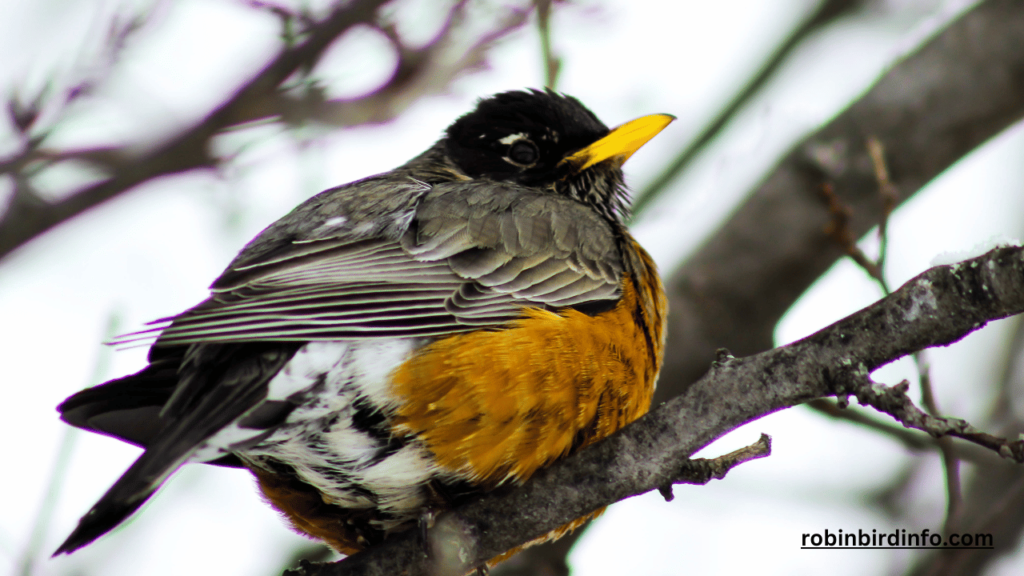
Habitat Loss and Fragmentation: The loss of suitable nesting and foraging habitat can negatively impact Robin populations.
Climate Change: Climate change can alter the timing of breeding seasons and the availability of food resources, affecting Robin reproductive success.
Conservation Strategies: To protect Robin populations, it is important to conserve their habitats, reduce pesticide use, and promote bird-friendly practices. By creating and maintaining healthy ecosystems, we can ensure the continued survival of these beloved birds.
Conclusion
The rapid growth and development of Robin chicks is a remarkable process that highlights the efficiency of nature. By understanding the factors that influence their growth and development, we can appreciate the complexity of their life cycle and take steps to protect their populations.
FAQ’s
How long does it take for a Robin egg to hatch?
It typically takes 12-14 days for a Robin egg to hatch.
What do baby Robins eat?
Baby Robins are fed a diet of insects, worms, and other small invertebrates. Their parents regurgitate food directly into their mouths.
How quickly do Robin chicks grow?
Robin chicks grow rapidly, gaining weight and developing feathers within a few weeks.
When do Robin chicks leave the nest?
Robin chicks typically fledge the nest around 12-14 days after hatching.
Do both parent Robins care for the young?
Yes, both male and female Robins share the responsibility of feeding and protecting their young.
What threats do Robin chicks face?
Robin chicks are vulnerable to predation by cats, snakes, and other predators. Adverse weather conditions, such as heavy rain and strong winds, can also pose a threat.

